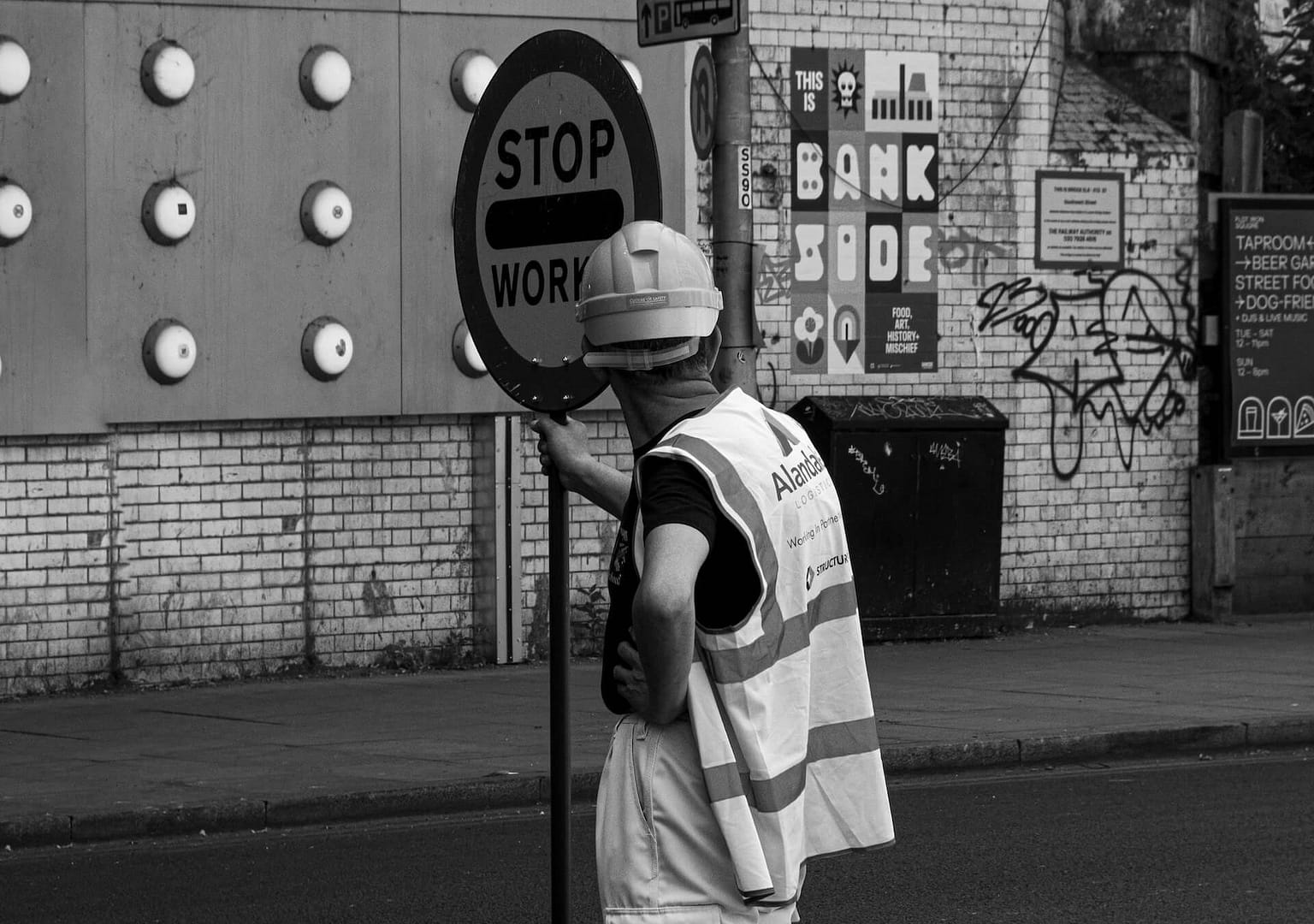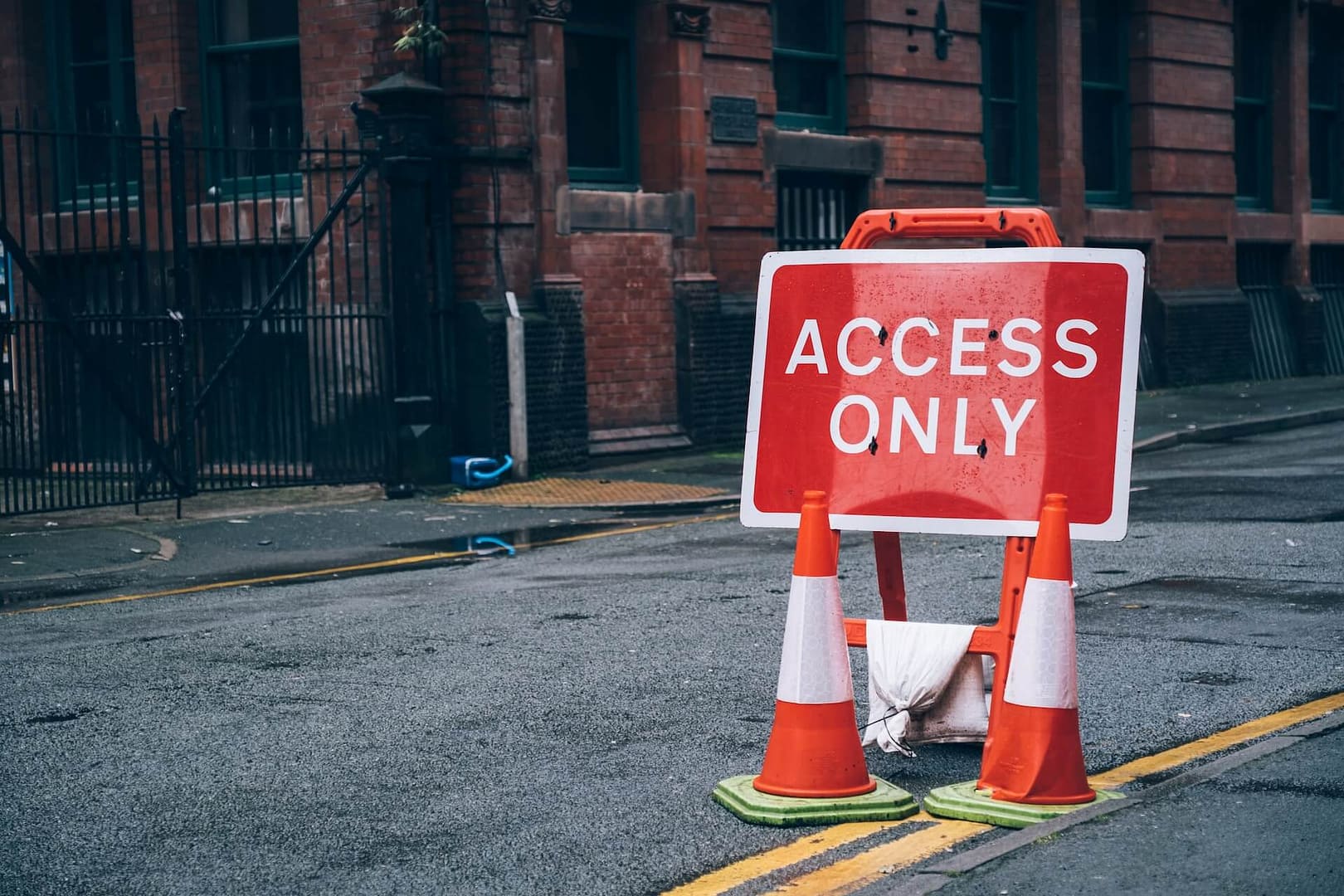In the hustle and bustle of our modern world, where construction seems to be a perpetual part of the landscape, the issue of pedestrian safety in work zones takes centre stage. As we navigate through the labyrinth of barricades, heavy machinery, and caution signs, it becomes evident that finding a harmonious balance between infrastructure development and safeguarding pedestrians is crucial. Let’s embark on a journey to explore the nuances of managing pedestrian safety in work zones, uncovering tips for a safer coexistence.
The Dance of Progress and Caution
Picture this: a vibrant cityscape undergoing a metamorphosis with cranes soaring high, and construction crews working diligently to sculpt the skyline of tomorrow. In the midst of this transformation, pedestrians weave through the maze of construction, with a delicate dance unfolding between progress and caution.
Work zones are dynamic environments where the rhythm of construction meets the pace of foot traffic. Achieving a seamless synergy between the two is akin to orchestrating a complex symphony. The challenge lies not only in the physical aspects of managing pedestrians but also in fostering a mindset that values safety as an integral part of progress.
The Human Factor: Understanding Pedestrian Behaviour
To navigate the delicate balance between infrastructure development and pedestrian safety, it’s crucial to delve into the intricacies of human behaviour. Pedestrians, often distracted by the hustle and bustle of daily life, may not be fully attuned to the potential hazards lurking in work zones. This lack of awareness can pose serious risks.
Understanding the psychology of pedestrians in these zones is akin to deciphering a code. It involves recognizing the tendency to be absorbed in smartphones, conversations, or simply lost in thought. By acknowledging these patterns, infrastructure planners can implement targeted strategies to enhance safety without impeding progress.
Tips for Managing Pedestrians at Work
Clear Signage and Communication
The cornerstone of a safe work zone is effective communication. Clear and concise signage, strategically placed, serves as a guide for pedestrians, steering them away from potential hazards. From prominent warning signs to directional cues, the language of safety should be universally understood, transcending linguistic barriers.
Dedicated Pedestrian Walkways
One of the most effective strategies is the establishment of dedicated pedestrian walkways. These designated paths should be well-defined, adequately illuminated, and separated from construction activities. Creating a safe conduit for pedestrians not only reduces the risk of accidents but also fosters a sense of security.
Time-Sensitive Measures
Acknowledging the ebb and flow of pedestrian traffic is paramount. Implementing time-sensitive measures, such as restricting certain construction activities during peak pedestrian hours, can significantly enhance safety. It’s a delicate dance where progress adjusts its tempo to accommodate the human flow.
Public Awareness Campaigns
Education is a potent tool in ensuring pedestrian safety. Launching public awareness campaigns that highlight the importance of vigilance in work zones can alter behaviour patterns. This might involve community outreach programs, informational pamphlets, or even digital initiatives to reach a broader audience.
Pedestrian Safety: A Shared Responsibility
Pedestrian safety is not the sole responsibility of infrastructure planners or construction crews. It is a collective effort that requires active participation from both stakeholders and pedestrians themselves. The notion of a shared responsibility is paramount in creating a culture where safety is prioritised without stifling progress.
Workplace Pedestrian Safety Tips
While the focus has primarily been on managing pedestrian safety in construction zones, the principles extend to workplaces where pedestrians coexist with machinery and infrastructure. Here are some workplace pedestrian safety tips:
Stay Vigilant
Whether on a construction site or within a workplace, pedestrians must remain vigilant. Be aware of your surroundings, machinery movements, and potential hazards. A moment of distraction can lead to unintended consequences.
Use Designated Walkways
Similar to construction zones, workplaces should have designated walkways separate from machinery and heavy equipment. Following these pathways reduces the risk of accidents and ensures a clear route for pedestrians.
Communication is Key
In any work environment, communication is paramount. Pedestrians should communicate effectively with equipment operators, and vice versa. Clear signals, eye contact, and adherence to established communication protocols can prevent accidents.
Wear Personal Protective Equipment (PPE)
For workplaces with specific safety requirements, pedestrians should adhere to the use of personal protective equipment (PPE). This may include high-visibility vests, hard hats, or other gear depending on the nature of the workplace.
Making a Road Traffic Accident Claim with National Claims
Now, let’s explore the steps involved in making a road traffic accident claim with National Claims. Our mission at National Claims is to ensure that individuals who have experienced accidents in work zones or elsewhere can access the compensation they deserve.
At National Claims, we understand the complexities involved in road traffic accident claims. From gathering evidence to liaising with insurance companies, our team of experts is dedicated to guiding you through the claims process seamlessly. If you find yourself a victim of a road traffic accident in a work zone, reaching out to National Claims is your first step towards obtaining the compensation you need for recovery.

Conclusion
As we navigate the evolving landscape of progress, the intersection of infrastructure development and pedestrian safety becomes a critical focal point. Balancing the two requires a nuanced understanding of human behaviour, effective communication strategies, and a shared commitment to safety.
The tips provided serve as a roadmap, not only for construction zones but also for workplaces where pedestrians coexist with machinery. By embracing these principles and fostering a culture of awareness, we can bridge the gap between progress and protection, ensuring that our journey towards a brighter future is both efficient and safe. And in the unfortunate event of a road traffic accident, National Claims stands ready to support you in claiming the compensation you rightfully deserve.
Start your claim with us today by contacting us and speak to one of our claims specialists.
Click below to see why we are one of the most trusted claims management companies in the UK.

We’re proud of our excellent customer reviews
We thrive on delivering exceptional service and ensuring our clients’ satisfaction. Don’t just take our word for it. Check out some of our independent reviews to see what our clients have to say.
Excellent

This firm is excellent, they sorted out my car pay out and injury claim very fast, they always communicate with you all the time.

My accident case was dealt with confidence and with great result of the outcome, especially James kept me informed all the time.

I was very impressed at the way my inquiry was treated. I was listened to attentively and everything I needed to know was explained to me.






